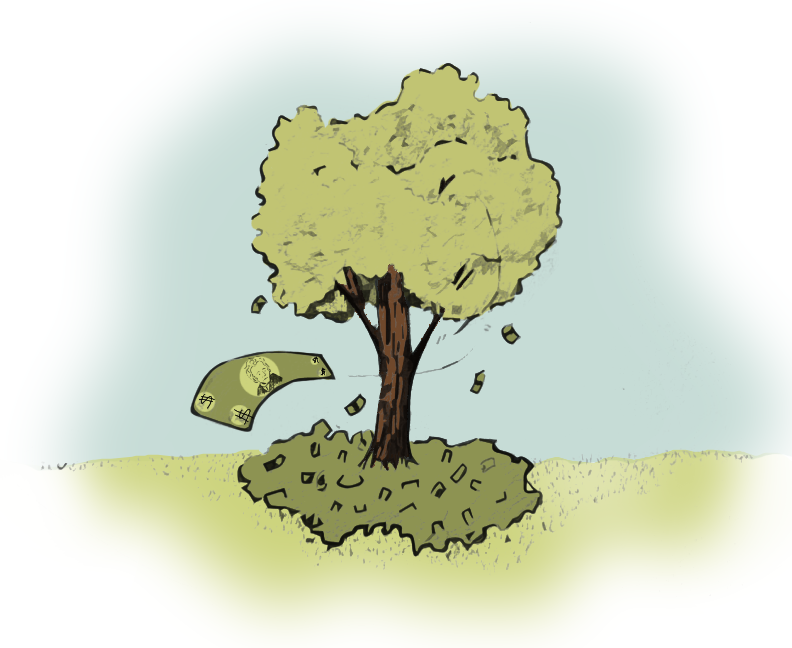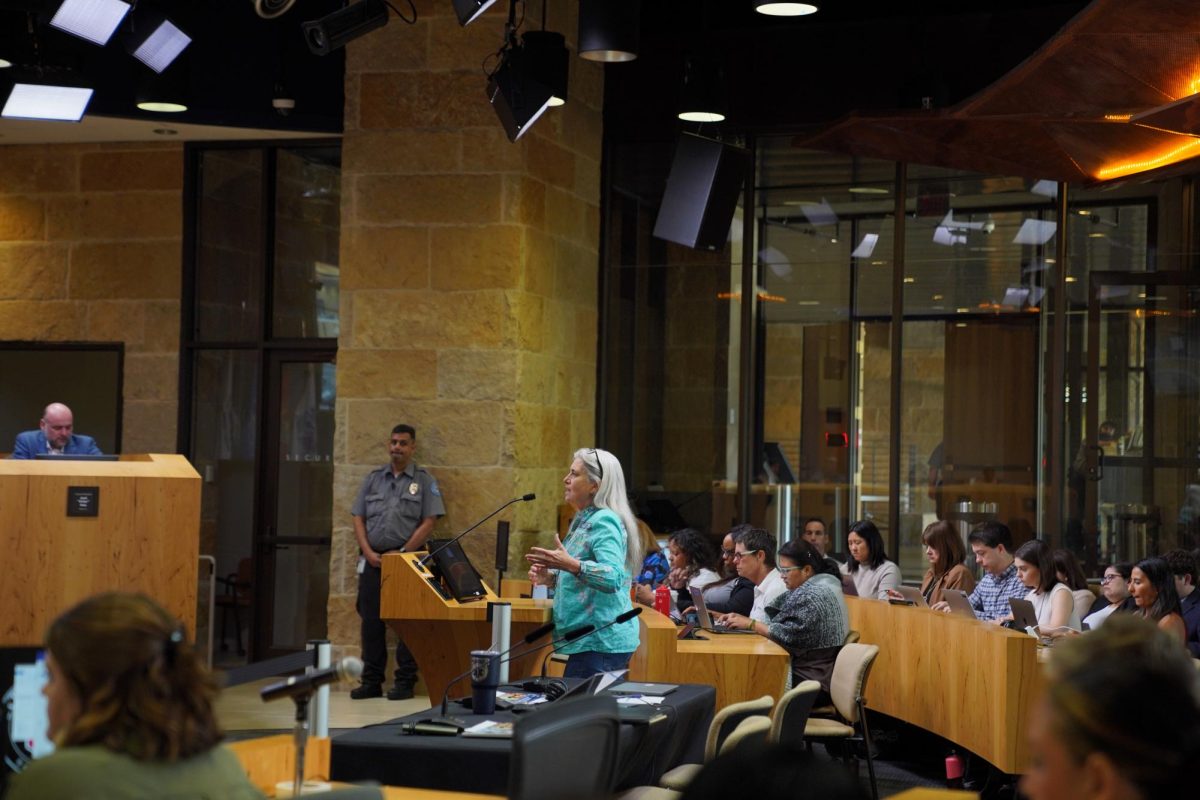Although the city of Austin has managed to stay clear of wildfires, the air above it has not escaped unscathed.
Clouds of smoke rolled into the city Tuesday and Wednesday morning, causing some to become concerned about air quality and breathing conditions. Geological sciences professor Kerry Cook said winds from Tropical Storm Lee, which blew through Louisiana, brought smoke from the Bastrop fires as they drifted to the southwest. As of press time, firefighters have contained 30 percent of the Bastrop blaze that began Sunday and burned approximately 43,000 acres and 785 homes and caused two fatalities.
Tropical storm winds did not bring smoke from fires burning to the west of Austin in the Lake Travis area, such as the Steiner Ranch fire that damaged and destroyed more than 50 homes. Travis County Fire Chief Jim Linardos said crews have contained 75 percent of the Steiner Ranch fire as of Wednesday and expect to have it under full control by Thursday.
“As I look out my window, I can see smoke over the city,” Austin Mayor Lee Leffingwell said. “We’re getting a lot of calls concerning the issue, but it is only a result of the winds dying down, and we have no fires in the city.”
Cook said smoke appearing Wednesday morning could also be associated with a temperature inversion, in which cooler temperatures do not allow the smoke to rise.
“This is just like when pollution is trapped above the city in L.A.,” Cook said. “The smoke doesn’t reach up into the atmosphere, and the winds are in the direction to bring that downtown.”
Theresa Spalding, University Health Services associate director, said drifting smoke is a greater concern to people living in places directly impacted by the recent wildfires because the possibility of soot and ash inhalation is greater in these areas. Spalding said lingering smoke in Austin may cause respiratory irritation or minor headaches, but symptoms will not appear as strongly as they would in residents of directly affected areas. Austin residents with asthma may feel stronger symptoms and should limit outdoor activity if necessary, she said.
“Some people are asking about masks,” Spalding said. “We have gotten calls about that. The masks you can get [at stores] are more about trying to keep large particles out of your passageways. We aren’t recommending masks to people just walking around campus.”
Printed on September 8, 2011 as: Tropical storm ushers winds from windfires into local area




















